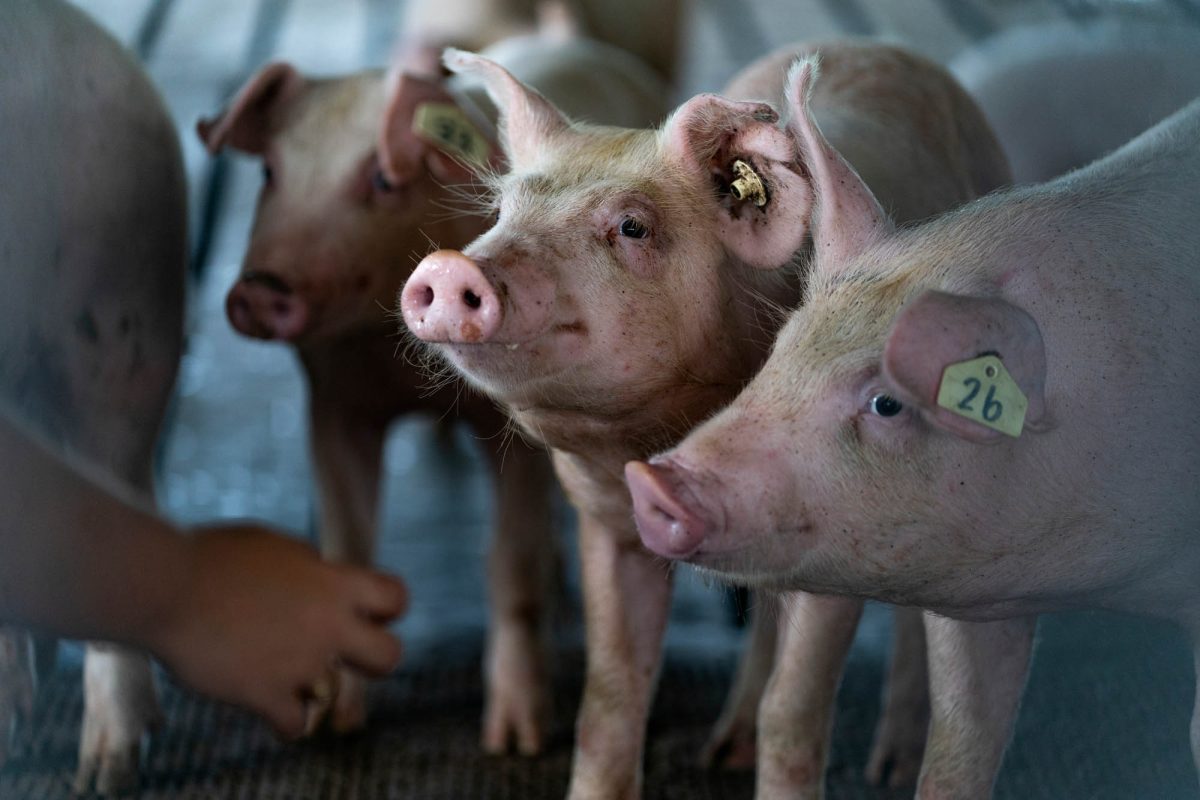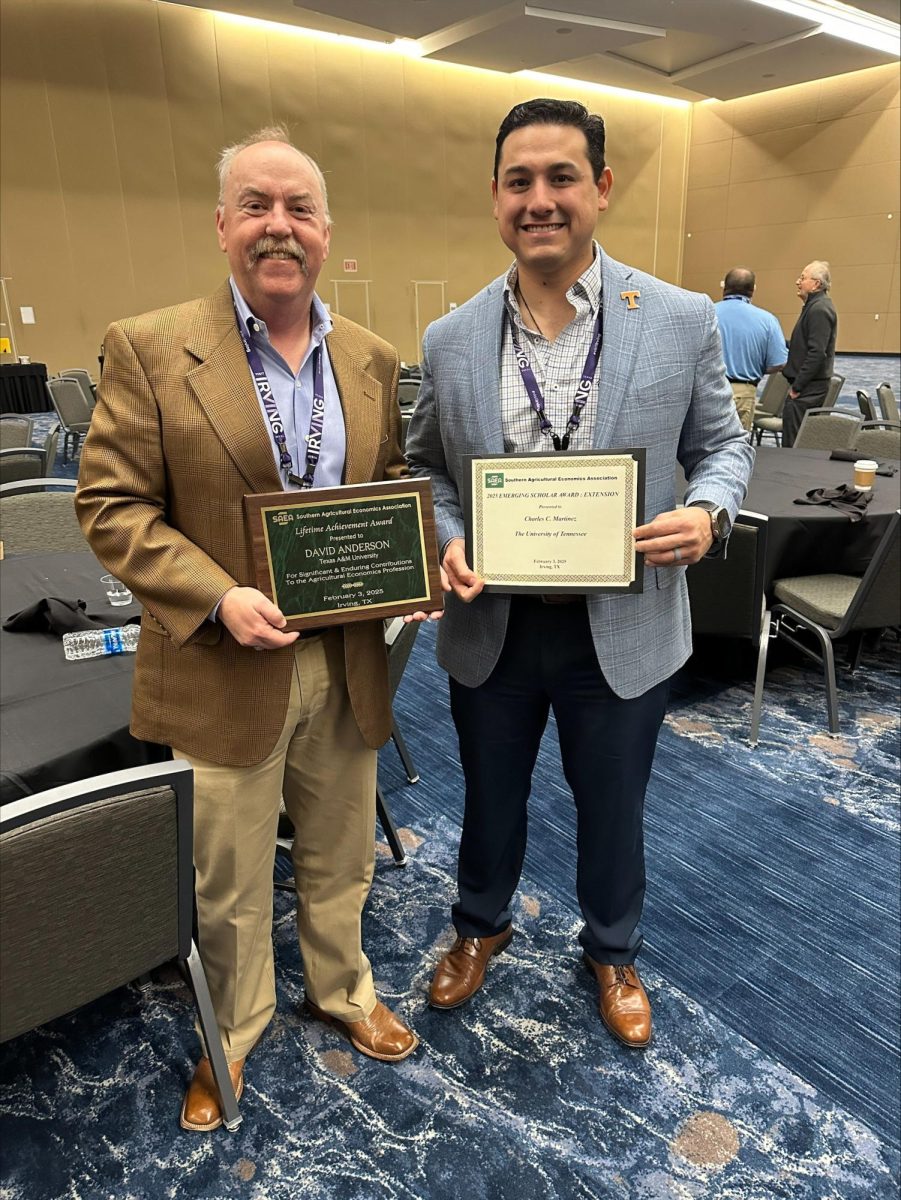Chuck Norris. Bruce Lee. These are household names for a sport born on an island half a world away. Luckily for students of Texas A&M, they only need to travel halfway across campus to experience TAMU Shotokan, a sport that many refer to as karate.
The TAMU Shotokan Club is open to any student or faculty member, regardless of experience level. Members practice the traditional art of karate while attending three competitive tournaments per semester to showcase their skills.
It was always a childhood dream of mine, said Kaci Decock, senior biomedical engineering major and Shotokan tournament queen. Its a great workout. Ive kept off the freshman 15 from it. It really gives [you] a sense of knowing how you are going to move all the time. It gives you a nice sense of being.
The art of Shotokan is different from other martial arts because it is a style developed specifically in Japan whereas many other martial styles, such as Kung Fu, evolved elsewhere in Asia and the Pacific Rim.
The clubs members often compete in tournaments across the state of Texas, although members are not required to compete to maintain membership in the club. The sport of karate is not a heavily televised sport, but according to Will Harrison, senior economics major and social chair of the club, the rise of popular movies like The Karate Kid and actors like Bruce Lee and Chuck Norris have helped bring the sport to prominence.
Its kind of known to a select group of people, Harrison said. Its something that everyone has heard of and everyone knows about but not something that everyone necessarily follows on television or has experience with themselves.
Karate first spread across America though immigrants from Japan. Shotokan masters would come to America and set up dojos, or schools, where they could teach and train students. In the modern world, the tournaments in which members of TAMU Shotokan compete are hosted by a dojo, that has a sensei, or teacher associated with it.
The tournaments have two categories known as Kata and Kumite. Kata is a display of a series of choreographed moves, which are then judged on their execution. Many generally refer to Kumite as sparring, and often consider it a more hands on and exciting event than Kata.
Its a popular sport, but its not something like basketball or baseball, said Sebastian Kawar, junior visualization major and club president. If you know about it and are exposed to it, it can of course be really cool to watch.
In the Kumite portion of the tournament, competitors are faced with the possibility of serious injury.
The most difficult thing is competing against people you dont know, Decock said. Its scary because sometimes you see people just going crazy, and youre afraid someone is going to get hurt. But also its a lot of anticipation; youre not sure how youre going to do. Its pretty short, so you just have this one time to shine.
Because competing in tournaments can be expensive, members often pool together money from their semester dues to pay for trips. The dues are expensive, but they include a sensei from Houston to come and train with club members.
The biggest issue we always have is funding, said Helmut Katzgraber, associate physics professor of astronomy and the clubs faculty advisor. We have applied to become a REC club and are waiting for the news. The fees paid by the members cover special trainings with grand masters, as well as trips to tournaments. Given the small funding we have, we can typically only go to local events.
The club gives members a chance to participate in a highly physical sport, but it also imparts life lessons that allow members to walk away from practice with not only an increased understanding of martial arts, but with a greater sense of self discipline.
Something that sensei try to incorporate in the club is a sense of membership, respect and dedication, Harrison said. Thats one of the core concepts of [karate] to build discipline as a foundation for your entire life.
A&M Shotokan Club builds discipline, respect
January 22, 2013
0
Donate to The Battalion
$2790
$5000
Contributed
Our Goal
Your donation will support the student journalists of Texas A&M University - College Station. Your contribution will allow us to purchase equipment and cover our annual website hosting costs, in addition to paying freelance staffers for their work, travel costs for coverage and more!
More to Discover









